Dry Land & Wet Land Farming: Farming is an essential activity that sustains human life by providing food, fiber, and other raw materials. Farming methods vary depending on the geographical location, climate, soil type, and other environmental factors. In general, farming can be categorized into two broad categories, dry land farming and wet land farming. In this article, we will explore the differences between these two types of farming and the various techniques involved in them.
Dry Land Farming:
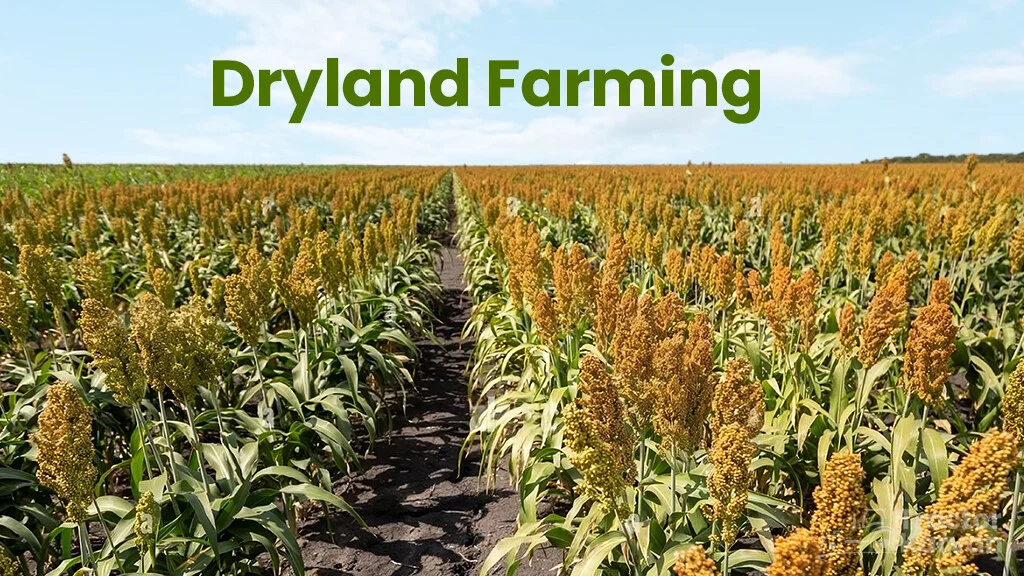
Dry land farming, also known as rain-fed agriculture, is a method of farming that relies solely on rainfall for irrigation. It is practiced in areas with low rainfall or where there is no irrigation system. Dry land farming is common in arid and semi-arid regions, such as Africa, Australia, and parts of Asia.
Soil Preparation:
The first step in dry land farming is soil preparation. Farmers plow the land and break up any clods of soil. This helps to aerate the soil and increase its water-holding capacity. Farmers also add organic matter to the soil, such as manure, to improve its fertility.
Crop Selection:
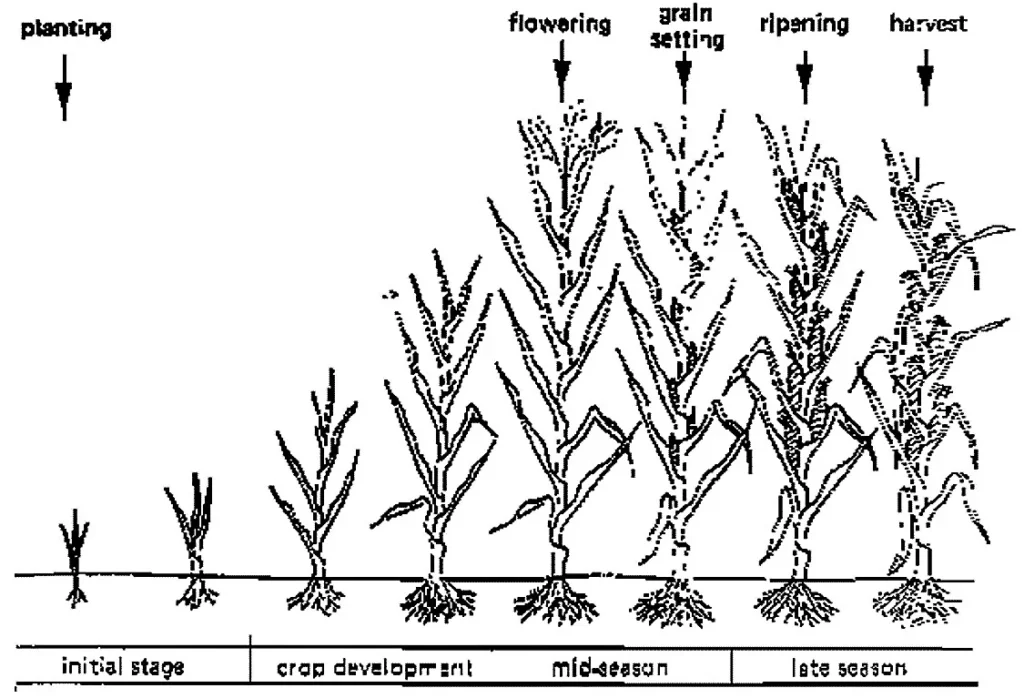
The selection of crops is crucial in dry land farming. Farmers must choose crops that are well-suited to the arid environment and require minimal water. Some common crops grown in dry land farming include wheat, barley, and sorghum.
Conservation Techniques:
Dry land farming requires the implementation of conservation techniques to preserve soil moisture. These techniques include the use of contour farming, terracing, and mulching. Contour farming involves planting crops along the contour of the land. This reduces water runoff and allows the soil to retain moisture. Terracing is the practice of creating level platforms on sloping land to trap rainwater. Mulching involves covering the soil with a layer of organic material, such as straw, to reduce water evaporation.
Wet Land Farming:
Wet land farming, also known as irrigated agriculture, is a method of farming that involves the artificial application of water to the land. It is practiced in areas with high rainfall or where there is an irrigation system. Wet land farming is common in areas such as Asia, Europe, and North America.
Soil Preparation:
Soil preparation is similar in wet land farming as in dry land farming. Farmers plow the land and add organic matter to improve fertility. However, in wet land farming, the soil must be level to ensure even distribution of water.
Irrigation Techniques:
Irrigation is the key component of wet land farming. Farmers use various irrigation techniques, such as flooding, furrow irrigation, and drip irrigation, to apply water to the land. Flooding involves applying a large volume of water to the land and allowing it to seep into the soil. Furrow irrigation involves digging shallow channels in the soil and allowing water to flow through them. Drip irrigation involves applying water directly to the roots of the plants through a series of tubes and emitters.
Crop Selection:
Crop selection is also important in wet land farming. Farmers must choose crops that are well-suited to the irrigated environment and require a lot of water. Some common crops grown in wet land farming include rice, cotton, and sugarcane.
Conservation Techniques:
Conservation techniques are also important in wet land farming to prevent soil erosion and water wastage. These techniques include the use of cover crops, minimum tillage, and crop rotation. Cover crops are planted between cash crops to protect the soil from erosion and add organic matter. Minimum tillage involves disturbing the soil as little as possible to reduce erosion. Crop rotation involves alternating crops in the same field to prevent the build-up of pests and diseases.
Comparison Between Dry Land and Wet Land Farming:
The main difference between dry land and wet land farming is the availability of water.
Read Also: Plantation Agriculture
![]()

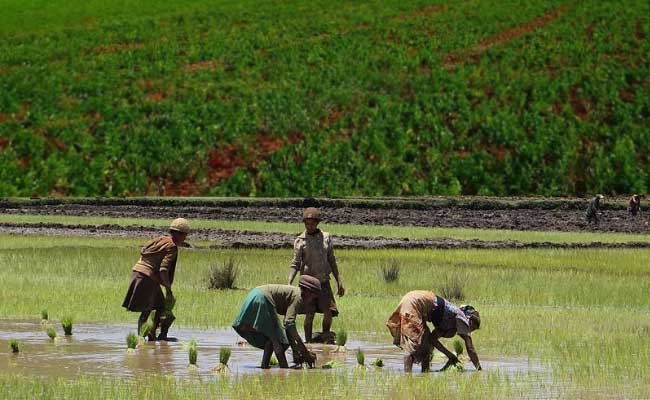
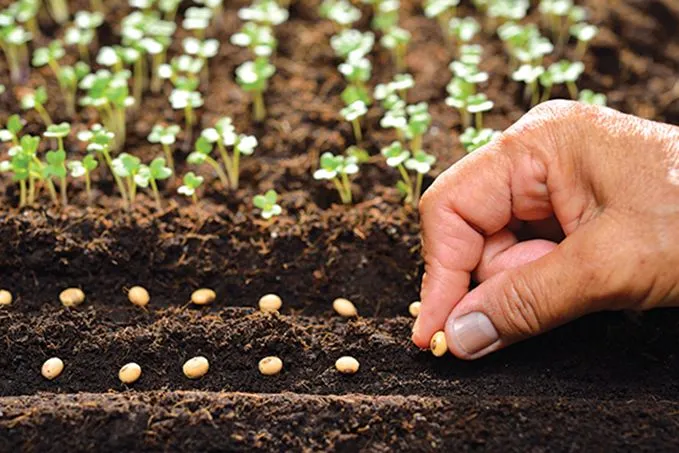
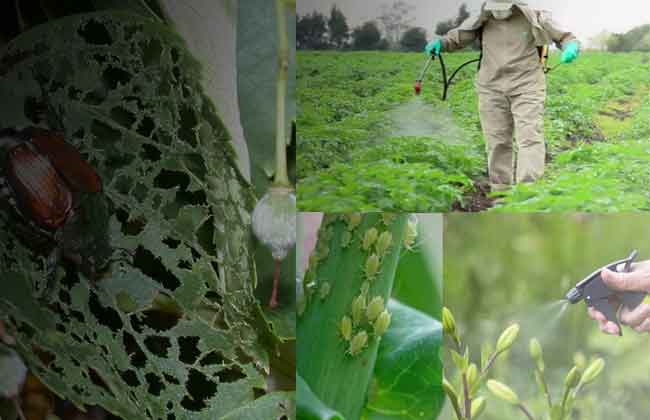

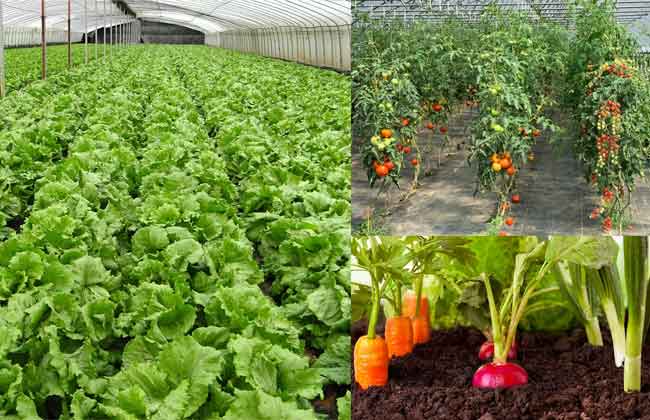
One thought on “Dry Land & Wet Land Farming”